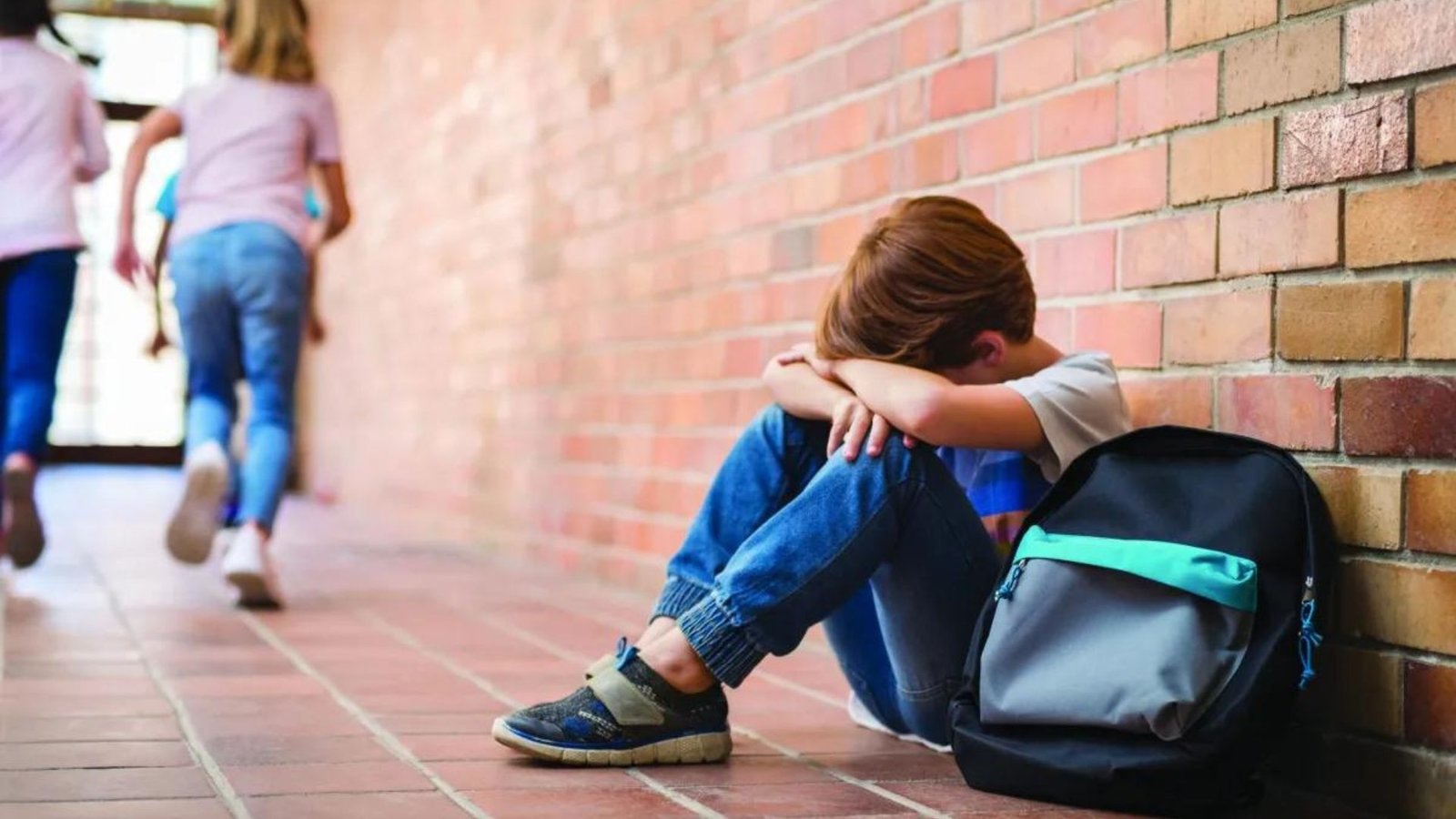Bullying is a pervasive issue that can have serious consequences for children and adolescents. Addressing bullying in schools and communities requires a comprehensive approach that involves education, intervention, and support from all stakeholders, including teachers, parents, students, and community members. Here’s how to effectively tackle bullying to create safer, more inclusive environments for everyone.

Understanding the Types of Bullying
To effectively address bullying, it’s important to recognize the different forms it can take:
- Physical Bullying: Involves harming a person’s body or possessions, such as hitting, kicking, or breaking someone’s belongings.
- Verbal Bullying: Includes name-calling, teasing, and making offensive remarks.
- Social Bullying: Also known as relational bullying, this form involves hurting someone’s reputation or relationships, such as spreading rumors or excluding someone from a group.
- Cyberbullying: Occurs through digital devices and platforms, including social media, texting, and online gaming, where harmful messages or images are shared to intimidate or humiliate.
Creating a Supportive Environment
A positive and inclusive environment is crucial in preventing and addressing bullying. Schools and communities should foster a culture of respect, empathy, and inclusivity where bullying is not tolerated.
- Establish Clear Policies: Schools and communities should have clear, well-communicated policies that define bullying and outline the consequences for such behavior. These policies should be consistently enforced to ensure that everyone understands the seriousness of bullying.
- Promote Respect and Inclusion: Encourage activities and programs that promote respect for diversity and inclusion. Teaching empathy and understanding can reduce the likelihood of bullying behaviors.
- Encourage Open Communication: Create a safe space where students feel comfortable reporting bullying. Ensure that they know how to seek help and that their concerns will be taken seriously.
Educating Students, Teachers, and Parents
Education is key to preventing bullying. By raising awareness about the issue, everyone can play a role in stopping it.
- Anti-Bullying Programs: Implement anti-bullying programs in schools that educate students about the effects of bullying and teach them how to stand up for themselves and others. Programs should include role-playing exercises and discussions that help students understand how to respond to bullying situations.
- Teacher Training: Teachers should be trained to recognize the signs of bullying and how to intervene effectively. This includes understanding the dynamics of bullying and knowing when and how to step in to stop it.
- Parental Involvement: Parents should be informed about the school’s anti-bullying policies and taught how to talk to their children about bullying. They should also be encouraged to monitor their children’s online activities to prevent cyberbullying.
Intervening in Bullying Situations
When bullying occurs, timely and effective intervention is crucial to stopping it and preventing further harm.
- Immediate Action: Teachers, school staff, and community members should intervene immediately when they witness bullying. This involves separating the individuals involved, addressing the behavior, and ensuring the victim feels safe.
- Support for Victims: Provide support to the victim of bullying, including counseling if needed. It’s important to listen to the victim’s experience and validate their feelings. Ensuring they feel safe and supported can help them recover from the experience.
- Addressing the Bully: Those who bully others need to be held accountable for their actions, but they also require support to change their behavior. This might involve counseling, behavioral interventions, and educating them about the impact of their actions on others.
Involving the Community
Communities play a vital role in addressing bullying by providing resources and support to schools and families.
- Community Programs: Local organizations can offer programs and resources that address bullying, such as workshops, support groups, and after-school activities that promote positive social interactions.
- Collaboration with Law Enforcement: In severe cases of bullying, particularly those involving physical harm or threats, collaboration with local law enforcement may be necessary. Ensuring that there is a clear protocol for involving authorities can help protect victims.
- Public Awareness Campaigns: Community-wide campaigns can raise awareness about bullying and its effects. These campaigns can encourage community members to take action and support anti-bullying initiatives.
Encouraging Peer Support
Peers can have a powerful influence in preventing and stopping bullying. Encouraging students to support each other can create a strong, positive school culture.
- Bystander Intervention: Teach students about the power of bystander intervention. Encourage them to speak up when they see bullying and to offer support to their peers who are being bullied.
- Peer Mentorship: Implement peer mentorship programs where older students support younger ones. These programs can foster relationships and provide a support system for students who may be vulnerable to bullying.
Monitoring and Evaluation
To ensure that anti-bullying efforts are effective, it’s important to regularly monitor and evaluate the programs and policies in place.
- Regular Surveys: Conduct regular surveys among students, teachers, and parents to assess the prevalence of bullying and the effectiveness of current policies and programs.
- Review and Adapt Policies: Based on the feedback and outcomes of surveys, schools and communities should review and, if necessary, adapt their anti-bullying policies to better address the issue.
- Continual Improvement: Anti-bullying strategies should be continuously improved based on new research, feedback, and the changing needs of the community.
Conclusion
Addressing bullying in schools and communities requires a proactive, comprehensive approach that involves everyone. By creating a supportive environment, educating all stakeholders, intervening effectively, and involving the community, we can significantly reduce the incidence of bullying and create safer, more inclusive spaces for children and adolescents. Encouraging peer support and regularly monitoring progress are also crucial steps in ensuring the long-term success of anti-bullying efforts.

